QUESTION 1
What is blockchain and what are the types of blockchain?
Blockchain and its Types
Definition
Blockchain as entails by its name is self explanatory, there are blocks that are connected to each other by chains. Now defining it in digital sense, we will say the blockchain is a system that records information in blocks connecting them in a chain-like order which makes them very difficult to changed, hacked or cheat in the system.
The blockchain acts as an essential digital ledger of transaction. This transaction is duplicated and distributed across the entire network of computer systems on the blockchain.
There are several blocks on the blockchain and each of this block contains a number of transactions. It is proven that the blockchain is a type of the distributed ledger technology. This is because transactions are recorded with immutable cryptographic signature, with the name as HASH.
Types of Blockchain

We have particular 4 types of blockchain which include the public blockchain, private blockchain, consortium blockchain, hybrid blockchain. Although with all this, we have the private and public blockchains as the primary two types of blockchains. All of this blockchains consist of cluster nodes that actually functions as peer-to-peer network system.
1) Public Blockchain
The public blockchain as one of the blockchains is a permission-less as well as a non-restrictive distributed ledger. When we talk of public,it means anyone can access it via the internet. One can become part of the public blockchain by becoming an authorized node. With the authoised node, the user can access current and past transactions, so proof of work for incoming blocks and do mining.
Examples of public blockchain include; bitcoin and litcoin blockchains.
2) Private Blockchain
The private blockchain is known as a permission blockchain. It is restrictive and a closed network.the private blockchain is particularly useful in organizations where you have a selected member to participate in a blockchain network.
The private blockchain is deployed for supplying chain management, voting, asset ownership, digital identity among others.
Examples of the private blockchain include; corda, multichain, and hyperledger projects.
3) Consortium Blockchain
The consortium blockchain is known as a semi-decentralized type of blockchain. This is because more than one organisation can manage the blockchain network. With this feature, more than one organisations acts as a node in exchanging information as well as mining. This type of blockchain is particularly used by government organizations and banks.
Examples include; R3 and Energy Web Foundation.
4) Hybrid Blockchain
The hybrid blockchain is the combination of the public blockchain and the private blockchain. With this combination, it uses a private permission-based and public permission-less system. With the flexibility of the hybrid blockchain, users can join private blockchain with multiple public blockchain.
Example of the hybrid blockchain is the Dragonchain

QUESTION 2
What are the benefits of blockchain?
Benefits of Blockchain
Listed below are the benefits of blockchain:
Trust:
There is a created trust between the different entities in the blockchain. With this trust entities are willing to engage on transactions and business dealings as well as data sharing.
Decentralized Structure:
With the decentralized nature of the blockchain, it is quite a great benefit as we do not have any centralized body issuing rules to follow.
Security and Privacy.
Who does not love security and privacy? With this feature, it comes as a leading benefit of the blockchain technology. With the creation of unalterable records of transactions using end-to-end encryption this shuts down frauds and unauthorised activities.
Reduced cost
The blockchain technology creates efficiency inn the processing of transactions. This is done by reducing manual tasks which include; mending data and aggregating. This eases auditing and reporting processes.
Speed
The blockchain handles transactions basically seconds or even less.
This actually is done solely as the blockchain technology eliminates intermediaries.
Visibility and traceability
The blockchain has the ability to trace transactions because of its visibility.
Immutability
With the feature of immutability, once a transactionis recorded on the blockchain, you cannot delete it, neither can you change it as well. This is because all transactions are timestamped and datestamped.

QUESTION 3
Explain blockchain distributed ledger.
The Blockchain Distributed Ledger
The ledger normally has all the transaction that are executed on a network.
For this reason, the ledger is mostly used in banking sectors so as to keep records of the users information.
Now refering ledger to cryptocurrencies, we we that if it is adopted, there is going to be a centralized system, which is why we move to the blockchain distributed ledger.
With the blockchain distributed ledger, a copy of the shared ledger is normally distributed among the nodes on the network. With thi feature, we see that the blockchain distributed ledger makes the system a distributed one.
Some Uses of the Blockchain Distributed ledger.
Transparency
Since we have a copy of the ledger shared to the nodes, the blockchain distributed ledger brings transparency to the system. With this anyone can check his/her that are being excuted.
No Intermediaries
With the usage of the blockchain distributred ledger, we remove intermediaries that might have acted as central agents as in the case of a normal ledger.
Anyone can access
As long as you are using the blockchain, anyone can access the nodes and at anytime.
Properties of the blockchain distributed ledger
Programmable
With the property of programmability, it means the blockchain is programmable, that is under smart contracts.
Secure
All transactions and records in the blockchain distributed ledger are individually encrypted making it very secure.
Anonymous
This one of the very unique characteristic of the blockchain distributed ledger as the identity of users are pseudonymous or anonymous.
Distributed
There is a distribution of the copy of the ledger among the users. This is doe in other for complete transparency.
Immutable
With the property of immutability, validated records are cannot be changed as well as they are irreversible.
Time-stamped
We have recording of the transaction timestamp on a block.
Unanimous
With the property of unanimous, all the participants validity of each record.

QUESTION 4
What is blockchain double spending and how bitcoin handles this problem?
Blockchain Double Spending
Definition
In simple words, the double spending is the risk involve with which a digital currency can be spent twice. This problem is unique to digital currencies on the blockchain solely because the digital information reproduced very easily with individuals that understand the blockchain network.
In normal currencies, we usually do not have this problem because they are difficult to be replicated. And also the partied involved in the transaction can easily and immediately verify the past ownership as well as the authenticity of the said physical currency.
So essentially, the double spending in the blockchain occurs when the blockchain network is disrupted with the cryptocurrency being essentially stolen.
And also the most common method of the double spending happens when a blockchain frauder sends multiple packets to the network while reversing the transaction for it look like it never happened.
The greatest risk of the double spending is in the form of 51% attack. This occurs whne the user controls more than 505 of the computing power in maintaining the distributed ledgers of a cryptocurrrency.
How Bitcoin handles the double spending
The bitcoin makes sure that all its transactions making sure there is no exception is included in the blockchain.
With this, the party spending the bitcoin will really ensure they are the one spending it. Which thus prevents frauds and double counting
Normally, bitcoins transaction always take some time to verify. This is because the process always involve intensive number crunching. Which is composed of complex algorithm which takes up computing power. With this again then, we see that it is difficult to duplicate a transaction by fraudstars because of the high computing power that will be needed.

QUESTION 5
Practical + Theory, visit blockchain demo and check section blockchain, then explain in detail how blocks hashes work in blockchain, what will happen when any middle of the block gets changed, try to give screenshot for each possible details.
How Block hashes work in Blockchain
Hashes:
We can see the various hashes. The hashes are very unique to each data input. And all have the same length no matter the length of the sentence as shown below with the examples.
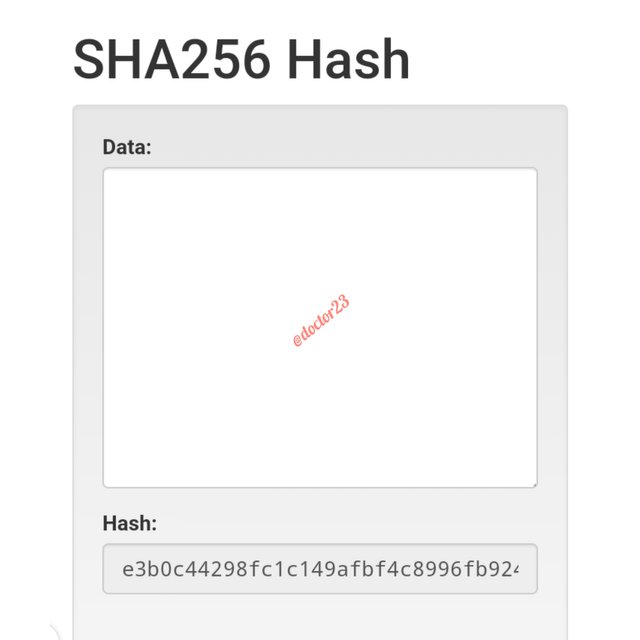
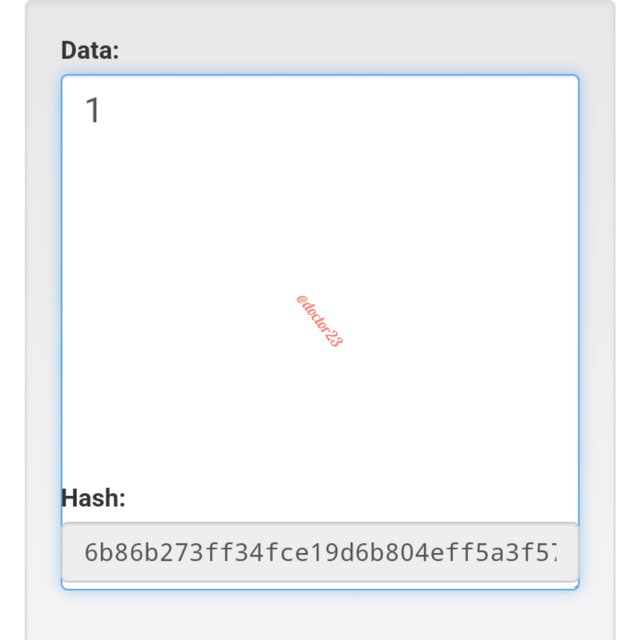
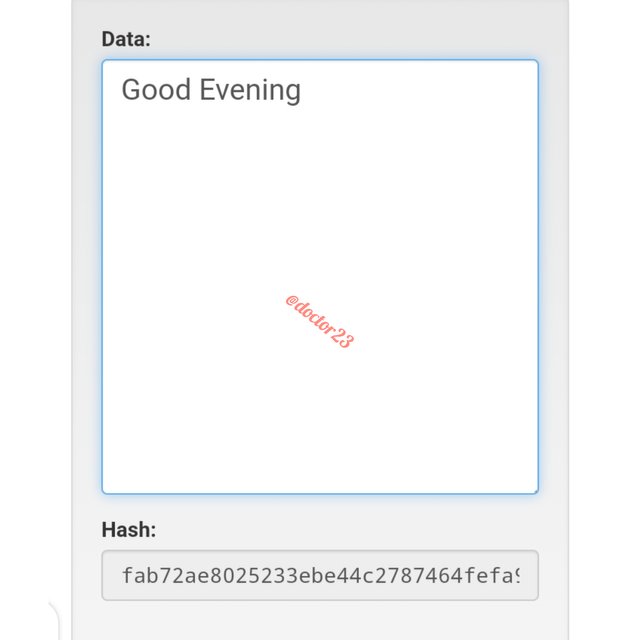
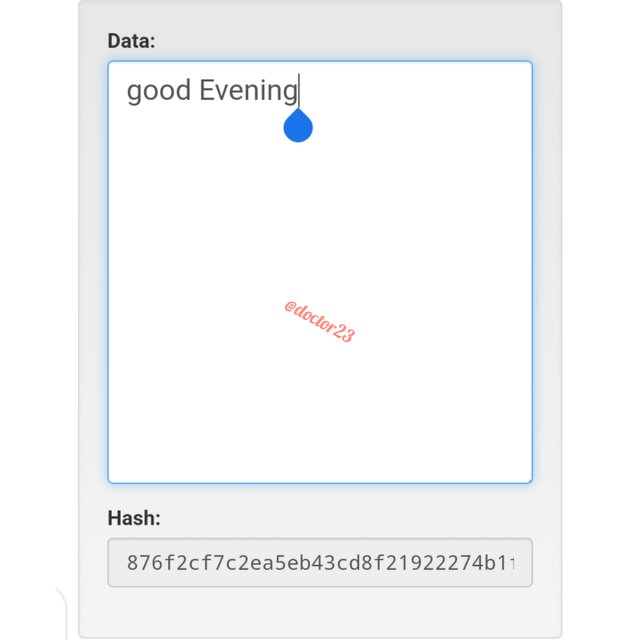
With the changing of the "G" to lower case, the hash changes completely.

Hash of the sentence: 0d45319246dc9e39390914ced89a78b927b09605a7e9d8e4da19c61dbbe855a4
Blocks
We have the various as shown below, as i will be showing the hashes of block 1 to 5.
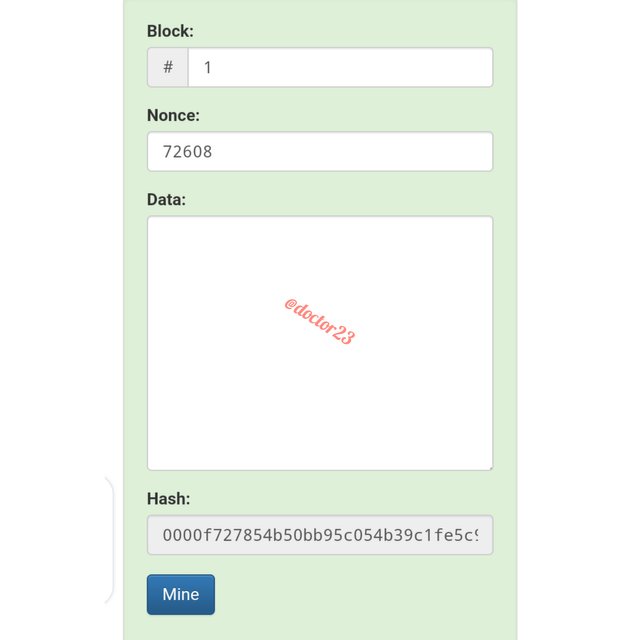
Hash of block 1:
0000f727854b50bb95c054b39c1fe5c92e5ebcfa4bcb5dc279f56aa96a365e5a
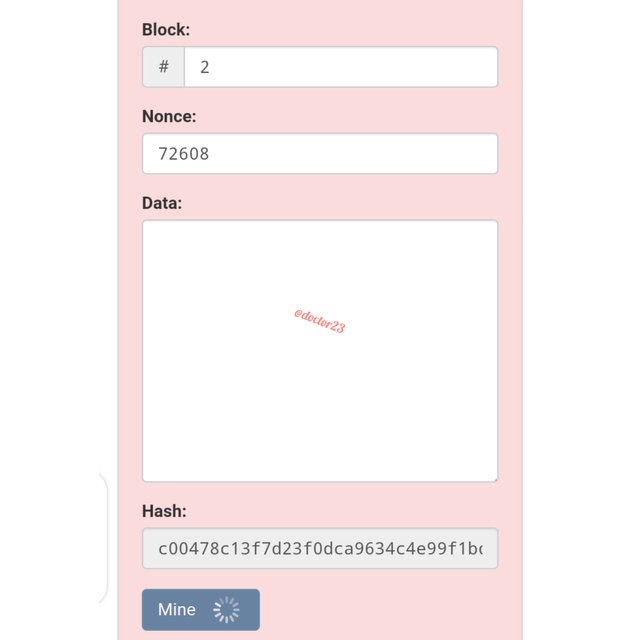
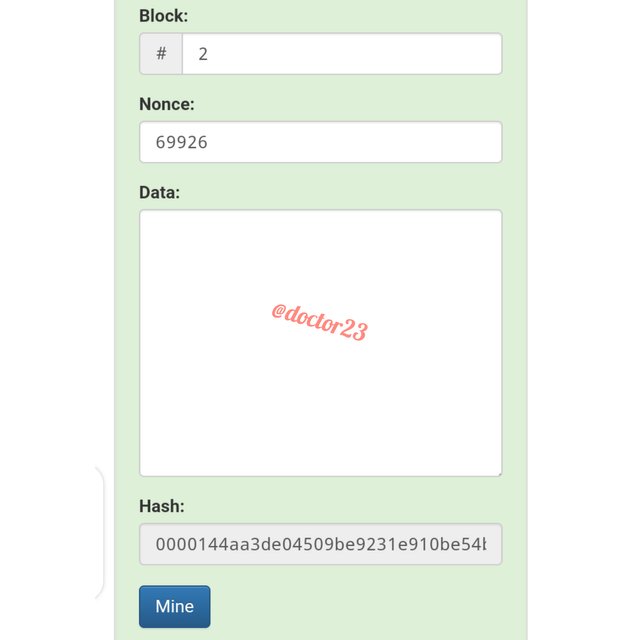
Hash of Block 2: 0000144aa3de04509be9231e910be54b5d8cc6f26be68c7e9cf3ffbb59815a89
Blockchain:
We have various blocks beginning from block 1, with the blockchain, we have a combination of various blocks to form a blockhain. A change in the data of the previous block affects the next and those infront.
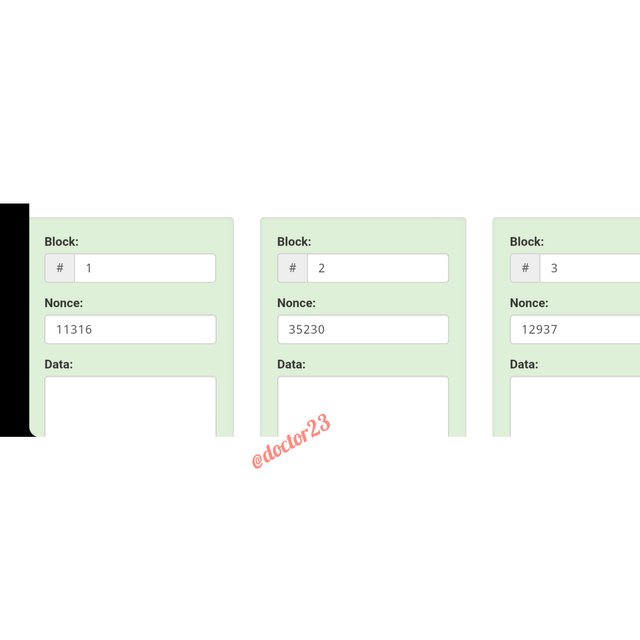
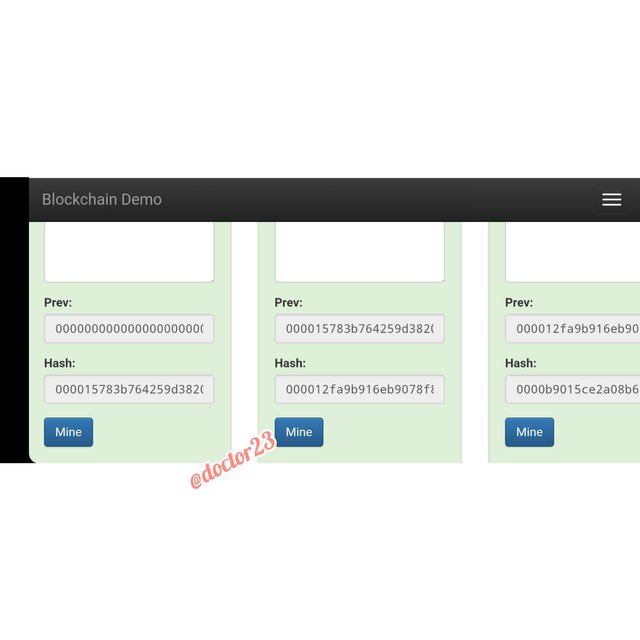

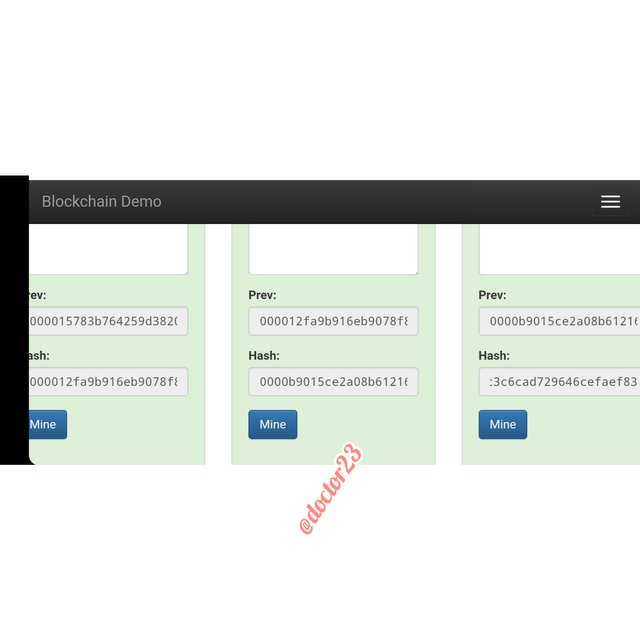
With the changing of the data of the 4th block, we see that the 4th and 5th block turns red, meaning we will need to mine the 4th and 5th block again.
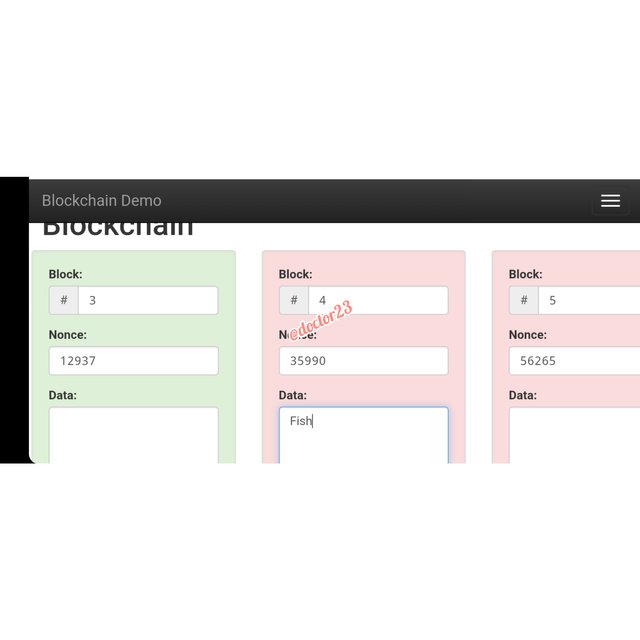
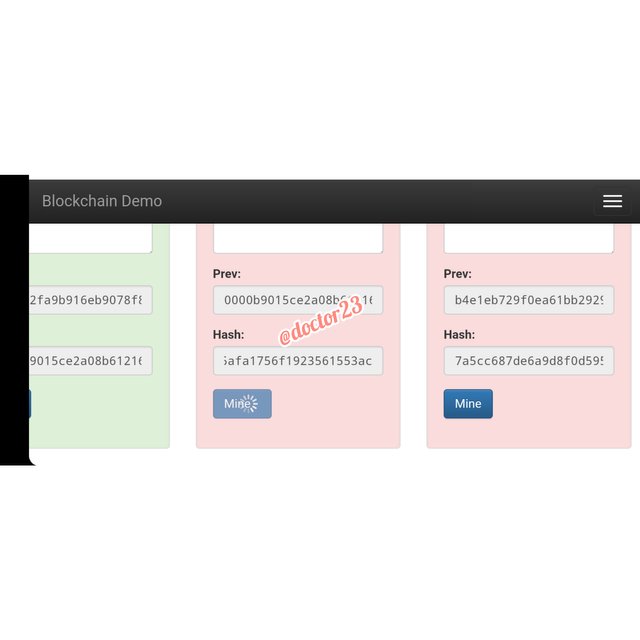
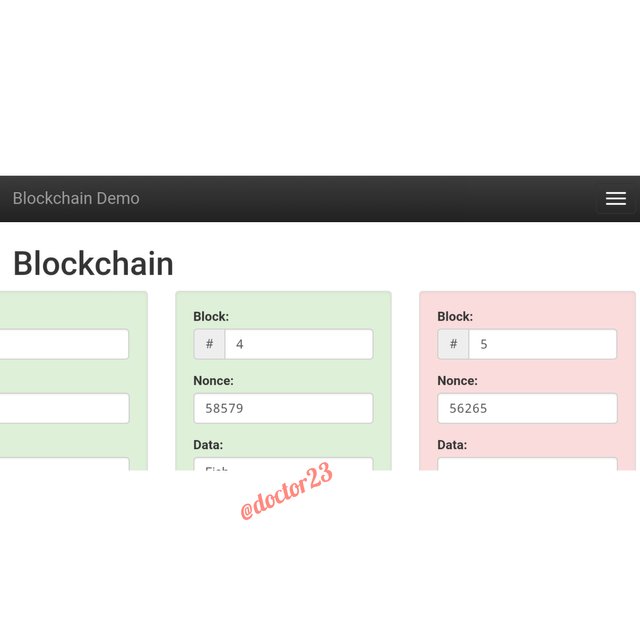
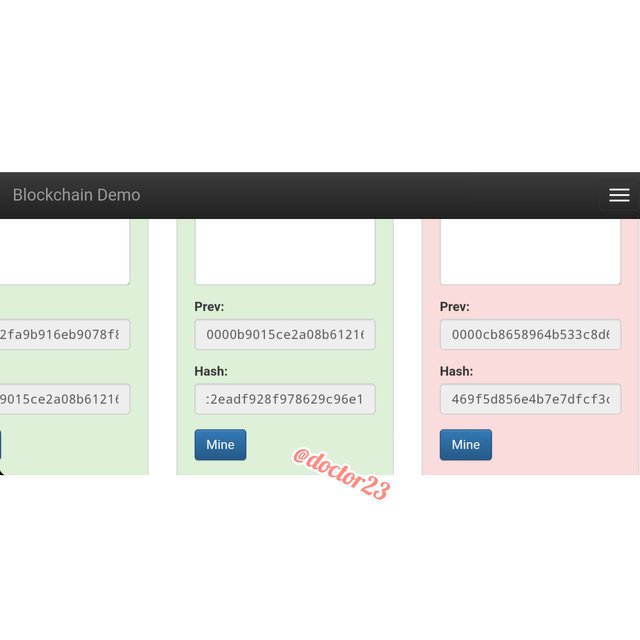


QUESTION 6
What is race attack in blockchain? Or what is finney attack in blockchain? Or what is vector76 attack in blockchain?
Vector76 Attack in Blockchain
Talking about the vector76 attack, this is comes into play to show us that the blockchain is not totally secure as we think they are.
It is also known that the blockchain can easily resist traditional cyber attack, but now we have the upcoming of the modern cyber attack which brings modern approach in the hacking of the blockchain technology.
The vector76 attack is the combination of the Finney attack and the race attack. Before giving giving a combination of the two, I will give the individual definitions.
The Finney attack:
Happens when one transaction is premined into a block. This is continued with an identical transaction created before thee premined block is released to the network, which then invalidate the second transaction.
The Race attack:
This happens when creates two conflicting transactions. The process is as follows, the first transaction is sent to the said said victim that then accepts payments while not waiting for confirmation of the transaction. With this happening, the same amount of cryptocurrency returns to the attacker which is a conflicting transaction. This is then broadcast to the network making the first transaction invalid.
Since the vector76 is a combination of the race attack and the finney attack, it happens when attackers creates two nodes, with one connecting to the exchange node and the second connecting to the well-connected peers of the network.
With this then the attackers two transactions one being high-value and the other low-value. After a bl;ock is announced, the attacker uses this opportunity to send premined block directly to the exchainge.

QUESTION 7
Limitations/disadvantages of blockchain.
Disadvantages of Blockchain
The blockchain is not a Distributed computing system:
When we talk about the blockchain not being a distributed computing system here, we mean that the blockchain network relies on noeds to function properly, with the quality of the nodes determining the quality of the blockchain.Scalability
With the issue of scalability, the blockchain is not scalable enough especially when compared to the centralized system. This happens as transactions depends on network congestion for completion.Energy Consumption
It has been noticed that some blockchain solutions consumes a lot of energy, especially when we still had the had the introduction of the proof-of-work mechanism.Immutability of Data
Though multiple systems benefits from the immutability feature of the blockchain, it is also noticed that the feature can only be present when the network nodes are distributed fairly.Not completely Secure
Though we know the blockchain technology to be more secure than other platforms, it still does not stand a chance a chance of complete security, as we have differen ways which the chain can be compromised which include the 51% attack, double-spending, DDoS attack, cryptographic attack and others.

Conclusion
Concluding, so far we have seen the blockchain and its various types which include the private, public, hybrid and the consortium types of blockchain. With the numerous benefits of the blockchain, I will say it particular important to use the blockchain, though have some attacks that can occur on the system but this is to a lower level. Some of them include the double spend, the vector76 and others.
We also have the hashes of the various data in each block. With the hashes having a defined length no matter the length of the sentence.
CC: @stream4u
Hi @doctor23
Thank you for joining The Steemit Crypto Academy Courses and participated in the Homework Task.
Total | 5/10
Your Homework Task verification has been done by @Stream4u, hope you have enjoyed and learned something new.
Thank You.

@stream4u
Crypto Professors : Steemit Crypto Academy
#affable
Downvoting a post can decrease pending rewards and make it less visible. Common reasons:
Submit